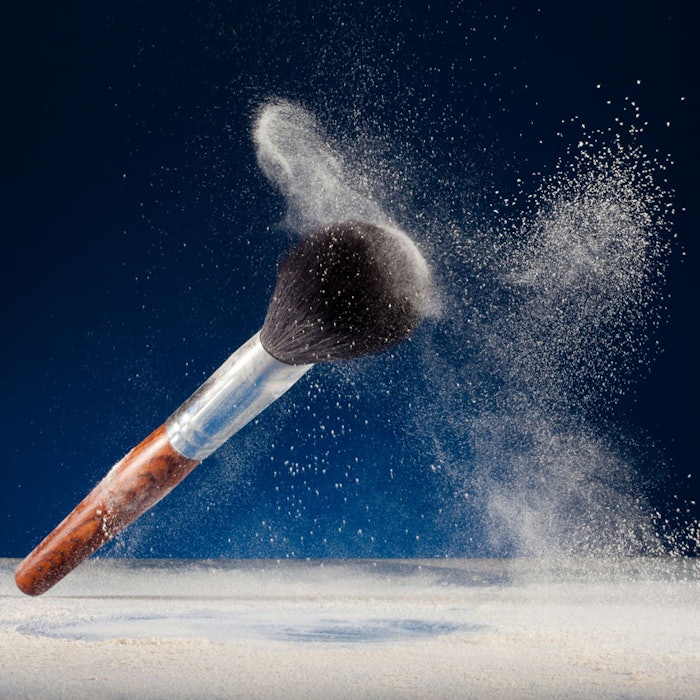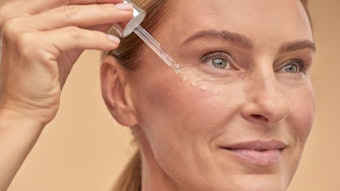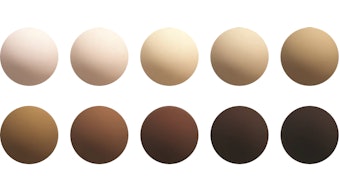
According to LVMH inventors, it often is difficult to develop high-quality cosmetic powders due to the contrary properties of their various criteria—sensory properties, care or makeup performance levels, and cohesion—improving at the expense of one another.
Log in to view the full article
According to LVMH inventors, it often is difficult to develop high-quality cosmetic powders due to the contrary properties of their various criteria—sensory properties, care or makeup performance levels, and cohesion—improving at the expense of one another.
For example, better crumbling often results in a lack of cohesion. And better creaminess often results in poor take-up at the surface during use, with said surface having a strong tendency to become waxy or to patinate. Furthermore, the resistance of compact powders to mechanical impact and/or heat shock is often insufficient, which causes the product to break up or degrade.
The present invention describes a powder-based cosmetic with improved properties over those in the prior art. It shows improved resistance to mechanical impact and heat shock while remaining comfortable to wear. Furthermore, it solves the technical problem of uniformity throughout the color product and simplifies industrial processing by its single composition.
Cosmetic powder composition
U.S. Pat 9579527
Publication date: Feb. 28, 2017
Assignee: LVMH Recherche
Specifically disclosed is a solid cosmetic composition in the form of a loose or compact powder. It consists of: a) 50% to 99% w/w of at least one particulate solid phase; b) 0.5% to 50% w/w of at least one non-volatile liquid phase; and c) 0.01% to 4% w/w of at least one block copolymer obtained from a first monomer of 2-acrylamidomethylpropanesulfonic acid, and from a vinyl second monomer having a nitrogenous cyclic side chain.
The invention also relates to a process for manufacturing the composition, including: mixing the particulate solid phase, the non-volatile liquid phase, the block copolymer and water so as to obtain a slurry; then suctioning off the water in the slurry to obtain a dry powder.










